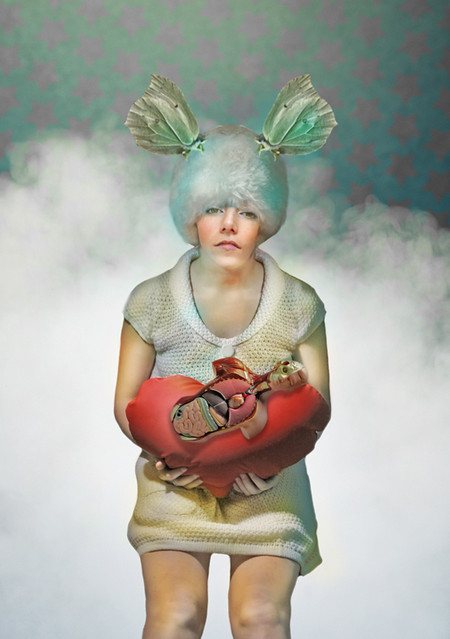Our atmosphere is the most amazing place.
As photographers we know the atmosphere is where we get our best action. Bad weather makes for great photographs. Sometimes it is not just the weather that is great. All sorts of other particles, droplets, dust and vapours really add to atmospheric action. These things provide us with a whole range of great effects and fun photography.
What to look for…
So how can we exploit the benefits of these localised changes to the atmosphere? It is simple really, like at any other time we first need to look for great light. So, the best times to get these effects are first thing in the morning and in the last light of the day. The light coming in at an angle provides great illumination of the odd dust disturbance, or rising steam cloud.
The light aside, to capture these effects we have to find places where local effects of particles and vapour can be found. So here are some places to look for the effects that are so eye-catching.
Cold mornings… Car exhausts; steam rising from grates in the ground; breath of people and animals; cold places, warm steam. Yes, all these give the sort of local steam and vapour that we want. These are in fact effects we can produce ourselves. Hot water on cold ground can produce a wonderful vapour that catches the light and provides a great ‘shoot-through’ opportunity for catching the early morning or evening light.
Dust… On hot dry days dust can produce the most wonderfully atmospheric conditions for shooting. Of course dust is double fun because it often also colours the light as well as creating great local conditions for a shot. Again you can create dust effects by shooting on dusty ground as someone drives a car by the camera. Animals, people and vehicles are all great for creating dust if you can find a place where it is common place. And, it is fun to in a very light wind to spread it around yourself.
Heat… There are just so many things! Steaming cups, food, baths, engines, steam trains, water-cooling towers, showers – the list is endless.
Water spray… Fountains, waves, hoses, high wind and water, watering cans – there are just so many ways to create a fine spray. Once you have the spray, artificially created or naturally, it is all about catching some wonderful light as you shoot through it. With water spray there is also the added benefit that if the light is strong you may also get a rainbow effect too which makes for some great extra light effects.
Children… I think some of the most fun photographing spray, dust and vapour can be had with children. If you can think of a way to get kids to spray water the ensuing mayhem is just brilliant photographic material.
It really just comes down to finding, or making, some great light and putting it together with your vapour or dust. Lets look at some inspiring pictures to give you ideas for seeking out fun dust, spray and vapour shots.
Here is one you can try in the kitchen. Great textures here…
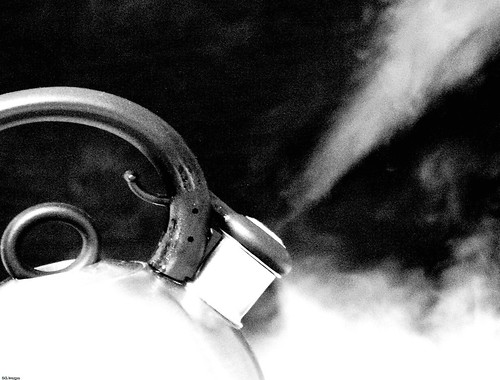
Water vapour by Di’s Eyes, on Flickr
Click image to view large
Water vapour by Di’s Eyes, on Flickr ![]()
Trains are pretty atmospheric by themselves, but add smoke or steam and…
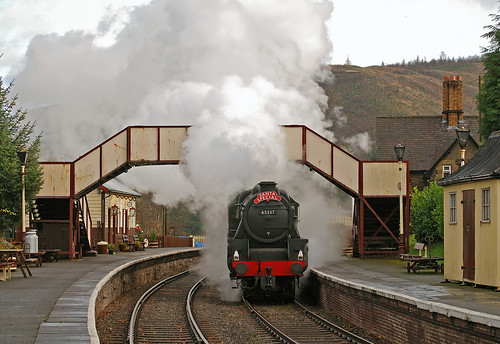
Steaming under the bridge by midcheshireman, on Flickr
Click image to view large
Steaming under the bridge by midcheshireman, on Flickr ![]()
 Get Photokonnexion tips by email!
Get Photokonnexion tips by email!We send you tips daily – find out more…
Start email subscription now!
It takes all sorts, but if you are inventive enough you can use steam for a great backdrop…
Exhaust vapour and vapour trails are fun ways to capture localised effects too…

• Red Arrows • by Netkonnexion, on Flickr
Click image to view large
• Red Arrows • by Netkonnexion, on Flickr![]()
Condensing breath can be a source of some fun pictures…
Check out this search on Google Images… Search: “Condensing breath images”
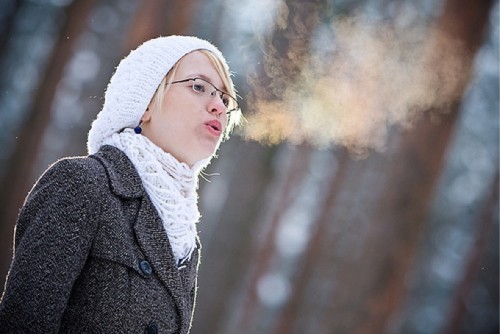
Condensing breath can be fun to photograph and provides interest for the viewer.
Seen on: Contrails Are Condensation, But Not Like Your Breath @ contrailscience.com/
Street scenes with steam or vapour are great…
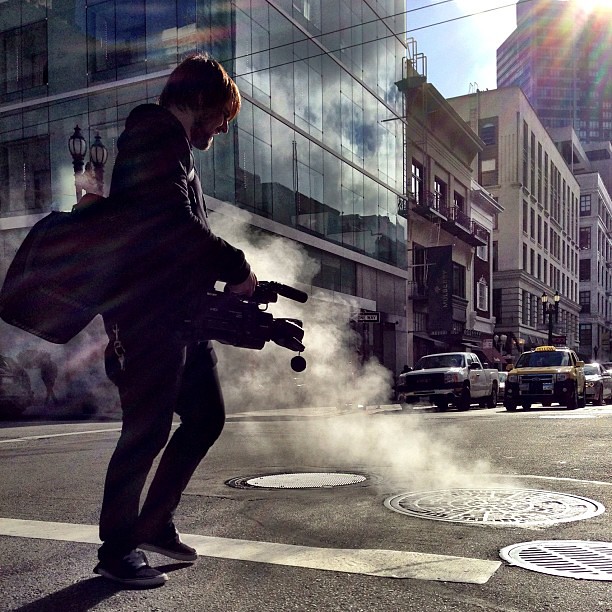
Steam #streetphotography by Joe Pemberton, on Flickr
Click image to view large
Steam #streetphotography by Joe Pemberton, on Flickr![]()
Great light silhouettes make the scene something special…
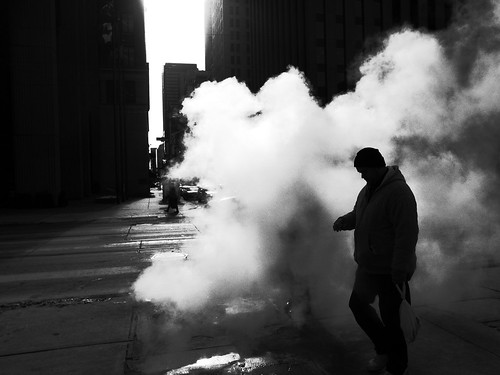
Steam from old City Hall by simon.carr, on Flickr
Click image to view large
Steam from old City Hall by simon.carr, on Flickr ![]()
Here is a fun idea… I am sure there are lots of places where this sort of food preparation does the trick!

Steaming-Dumplings by T in CHINA – Until they grow Tea i Switzerland : ), on Flickr
Click image to view large
Steaming-Dumplings by T in CHINA – Until they grow Tea i Switzerland : ), on Flickr ![]()
Dust provides great creative potential…
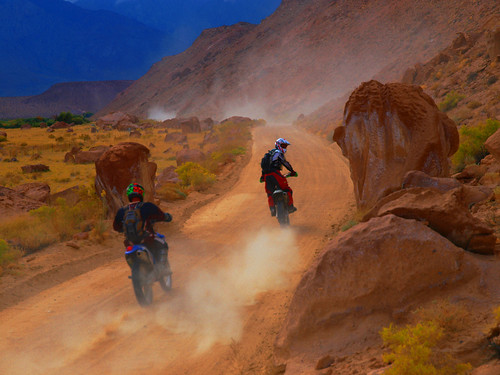
Chalk Bluff Dust by pendeho, on Flickr
Click image to view large
Chalk Bluff Dust by pendeho, on Flickr ![]()

Colorfully Cold by Ryan Taylor Photography, on Flickr
Click image to view large
Colorfully Cold by Ryan Taylor Photography, on Flickr![]()
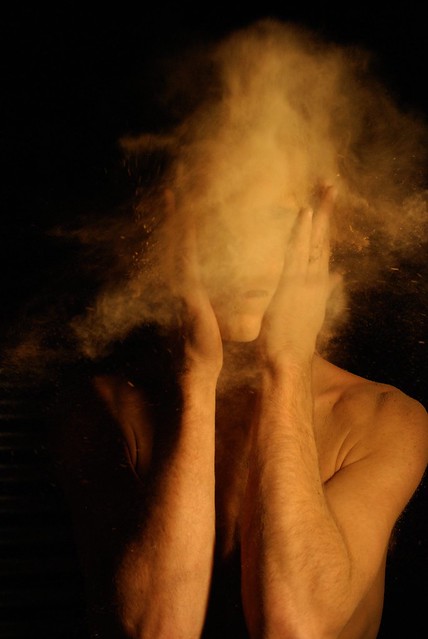
Dust 06
Dust 06 by Alsouv, on Flickr ![]()
Photokonnexion Photographic Glossary – Definitions and articles.
@Photokonnexion – Motivational Tweets for photographers.
Start an email subscription to Photokonnexion now!

